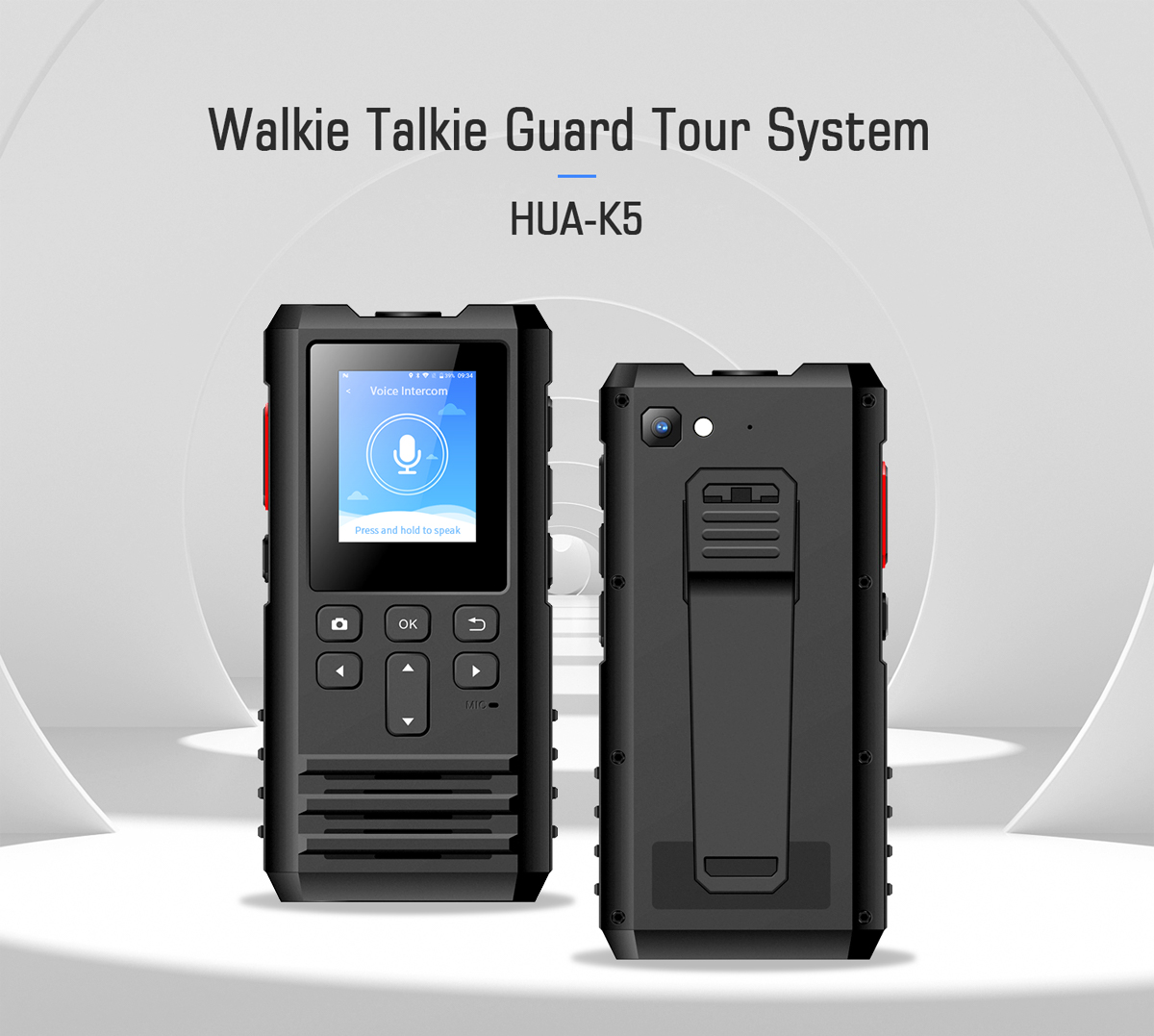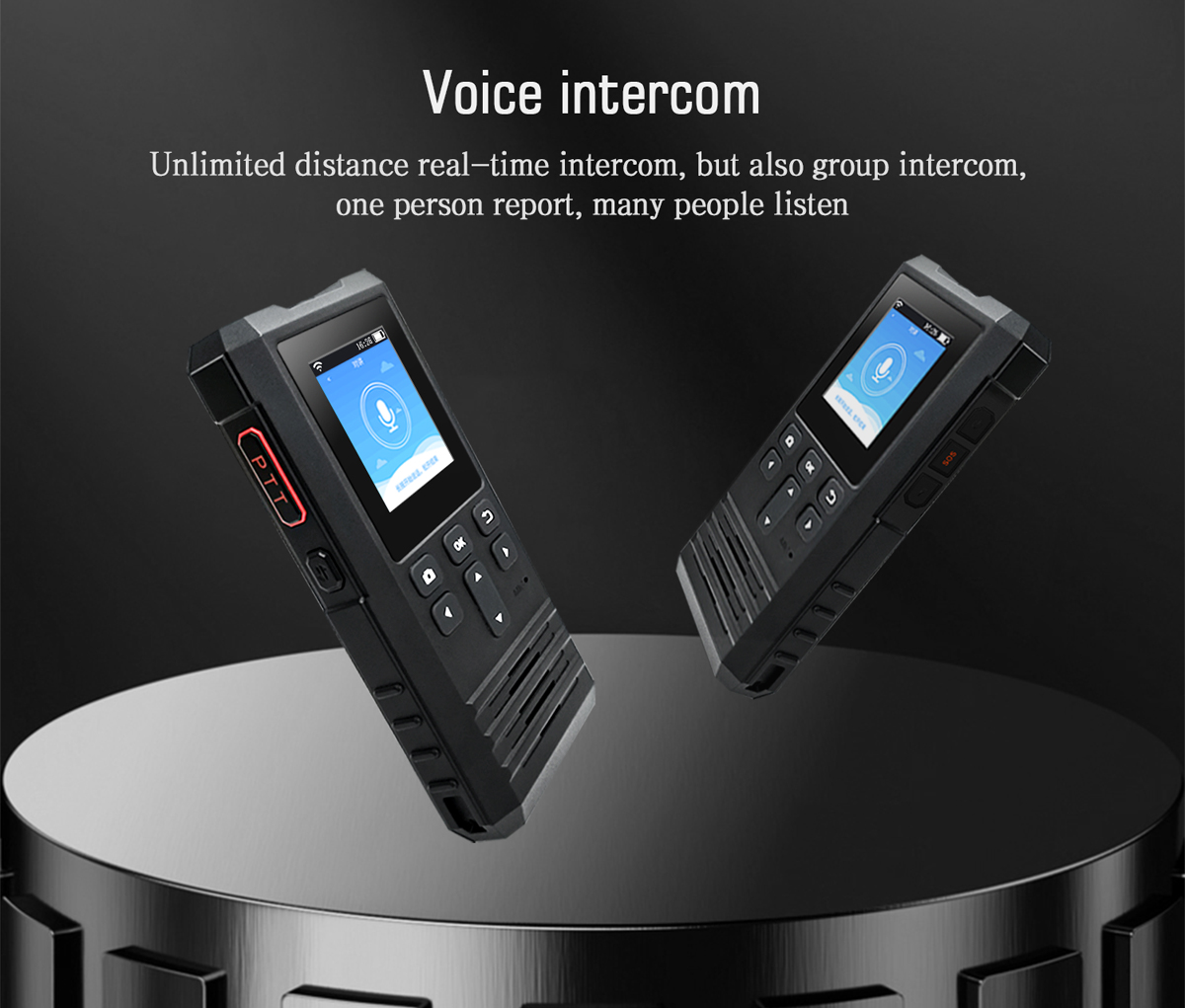

Warehouses present unique security challenges due to their size, valuable inventory, and high personnel turnover. Traditional lock and key systems simply can’t provide the level of security required in today’s high-risk environments. Electronic access control system have revolutionized warehouse security. These advanced systems do much more than control entry—they provide comprehensive security management through features like real-time monitoring, detailed audit trails, and remote access control.
Modern warehouses require a security solution that can adapt to changing needs while strictly controlling access to specific areas and at specific times. Electronic access control systems do this through customizable access levels that can be updated instantly as personnel changes. Unlike mechanical locks that require physical keys to be reassigned, electronic systems allow administrators to grant or revoke access with just a few clicks.
Security is only as strong as its weakest link, so single-factor authentication methods like basic key cards are no longer sufficient to secure warehouses. Multi-factor authentication significantly enhances security by requiring users to verify their identity in multiple ways. A well-designed electronic access control system can combine information about users with information they know (PINs) or about themselves (biometric data).
Biometric authentication methods such as fingerprint or facial recognition add an extra layer of security because they are not as easily copied or shared as traditional keys or access cards. When combined with time-based access restrictions, these systems can ensure that even authorized personnel can only enter specific areas during their scheduled shifts. This prevents off-hours access, which can lead to theft or other security breaches.

Adequate warehouse security requires not only keeping unauthorized personnel out but also controlling the movement of authorized personnel within the facility. Electronic access control systems excel at creating custom security zones that match an organization’s operational needs and security requirements. This zoning capability allows precise control over who can access sensitive areas, such as server rooms, high-value inventory warehouses, or administrative offices.
The ability to modify access rights on the fly is one of the most valuable features of electronic systems. When an employee’s role changes or they leave, administrators can update their access rights immediately without needing to reset locks or reassign physical keys. This dynamic control is handy for warehouses that experience frequent staff changes or use seasonal workers.
The true power of access control systems is only realized when integrated with other security components, especially surveillance cameras. This integration creates a collaborative security solution that uses access control data and video footage to provide comprehensive monitoring and investigation capabilities. When an access event occurs, whether legitimate or suspicious, the system automatically associates it with the corresponding video footage. This combination enables several powerful security features. Real-time video verification allows security personnel to visually confirm the identity of individuals entering, helping to prevent credential abuse. For investigative purposes, integrating access logs with video footage can create a valuable record of evidence.

Tailgating is one of the most persistent security challenges in warehouse environments, where the constant movement of goods and people makes it difficult to monitor every entry and exit. An electronic access control system offers a variety of practical solutions to combat this vulnerability. Anti-passback technology actively prevents users from using a single credential multiple times in rapid succession, eliminating the common trick where a worker has multiple colleagues swipe through a security door.
More sophisticated systems can incorporate physical barriers, such as pedestrian traps or security turnstiles, allowing only one authorized person to pass through at a time. Security teams often combine these solutions with visual surveillance systems that use artificial intelligence analysis techniques to detect when multiple people attempt to enter using a single authentication method. Some advanced systems can even detect when someone leaves a door open for an extended period and alert security personnel, signaling a potential unauthorized entry attempt.
Warehouses operate 24/7, and their security systems must remain vigilant, unaffected by power fluctuations or network outages. Manufacturers design robust electronic access control systems with multiple layers of redundancy to ensure uninterrupted operation. Backup batteries and uninterruptible power supplies (UPS) keep critical components operational during power failures, while fail-safe locking mechanisms ensure doors remain secure and reliable even during system outages.
The system must also continue operating offline when it loses network connectivity. High-quality systems store access events locally during network outages and automatically synchronize them with a central database once they restore connectivity. This ensures no security breaches or data loss, even during temporary network issues that can affect cloud systems.
Implementing electronic access control systems represents a transformative upgrade to warehouse security, with capabilities far beyond traditional lock and key systems. From multi-factor authentication to sophisticated integration with other security systems, these solutions give warehouse operators unprecedented control over their facilities' security posture. The real value of these systems lies in their flexibility and scalability. As security needs evolve or warehouse operations scale, electronic access control systems can be flexibly adjusted without completely overhauling the infrastructure.